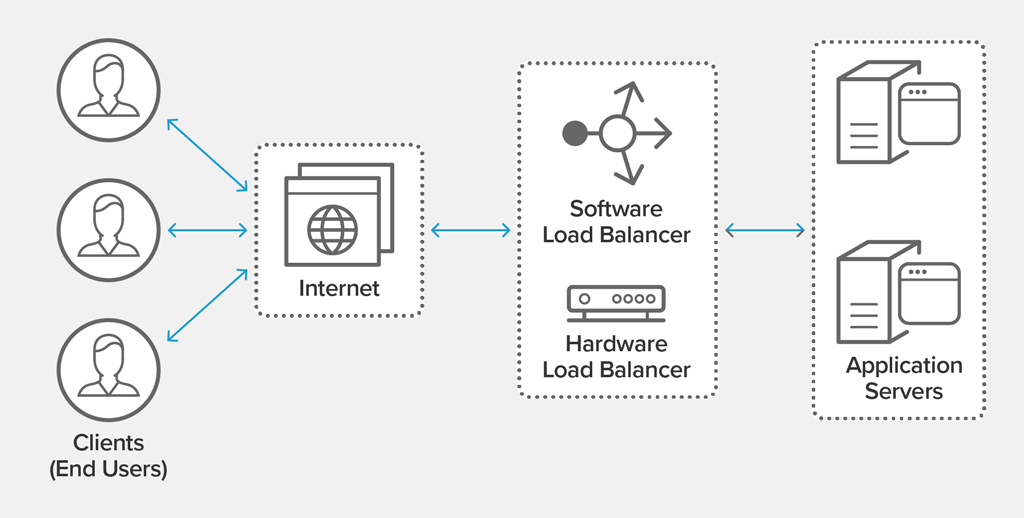How does a Load Balancer Select The Server

A load balancer distributes incoming network traffic or workload across multiple servers to ensure optimal resource utilization, prevent overloading individual servers, and enhance the overall performance and availability of a system. The selection of a server by a load balancer depends on the specific algorithm or method it employs. Here are some common load balancing algorithms:
-
Round Robin:
- The load balancer distributes incoming requests to servers in a circular sequence. Each server in the pool receives a request in turn. This algorithm is simple and ensures that each server gets an equal share of the workload.
-
Least Connections:
- The load balancer directs traffic to the server with the fewest active connections. This method aims to distribute the load based on the current capacity of each server, sending new requests to the server with the least concurrent connections.
-
Weighted Round Robin:
- Similar to the Round Robin algorithm, but each server is assigned a weight that reflects its processing capacity. Servers with higher weights receive more requests than those with lower weights, allowing for proportional distribution based on capacity.
-
Weighted Least Connections:
- Combines the concepts of Least Connections and Weighted Round Robin. Servers with lower current connections and higher weights are prioritized, resulting in a distribution that considers both capacity and current load.
-
Random:
- The load balancer randomly selects a server from the pool to handle each new request. While simple, this method may not ensure an even distribution of traffic and may not consider server capacity.
-
IP Hash:
- The load balancer uses a hash function on the client's IP address to determine which server will handle the request. This ensures that requests from the same client are consistently directed to the same server, which can be beneficial for maintaining session data.
-
Least Response Time:
- The load balancer directs traffic to the server with the lowest response time, aiming to send requests to the server that can process them most quickly. This method requires continuous monitoring of server response times.
-
Chained Failover:
- Servers are ranked based on their health and availability. The load balancer first sends traffic to the highest-ranked healthy server. If that server fails or becomes unavailable, traffic is redirected to the next highest-ranked healthy server.
The choice of load balancing algorithm depends on factors such as the characteristics of the application, the capabilities of the servers, and the desired behavior of the load balancing system. In many cases, modern load balancers allow for customization and configuration of these algorithms to meet specific requirements. Additionally, some load balancers use a combination of these algorithms to achieve more sophisticated load distribution strategies.
Thank you.
